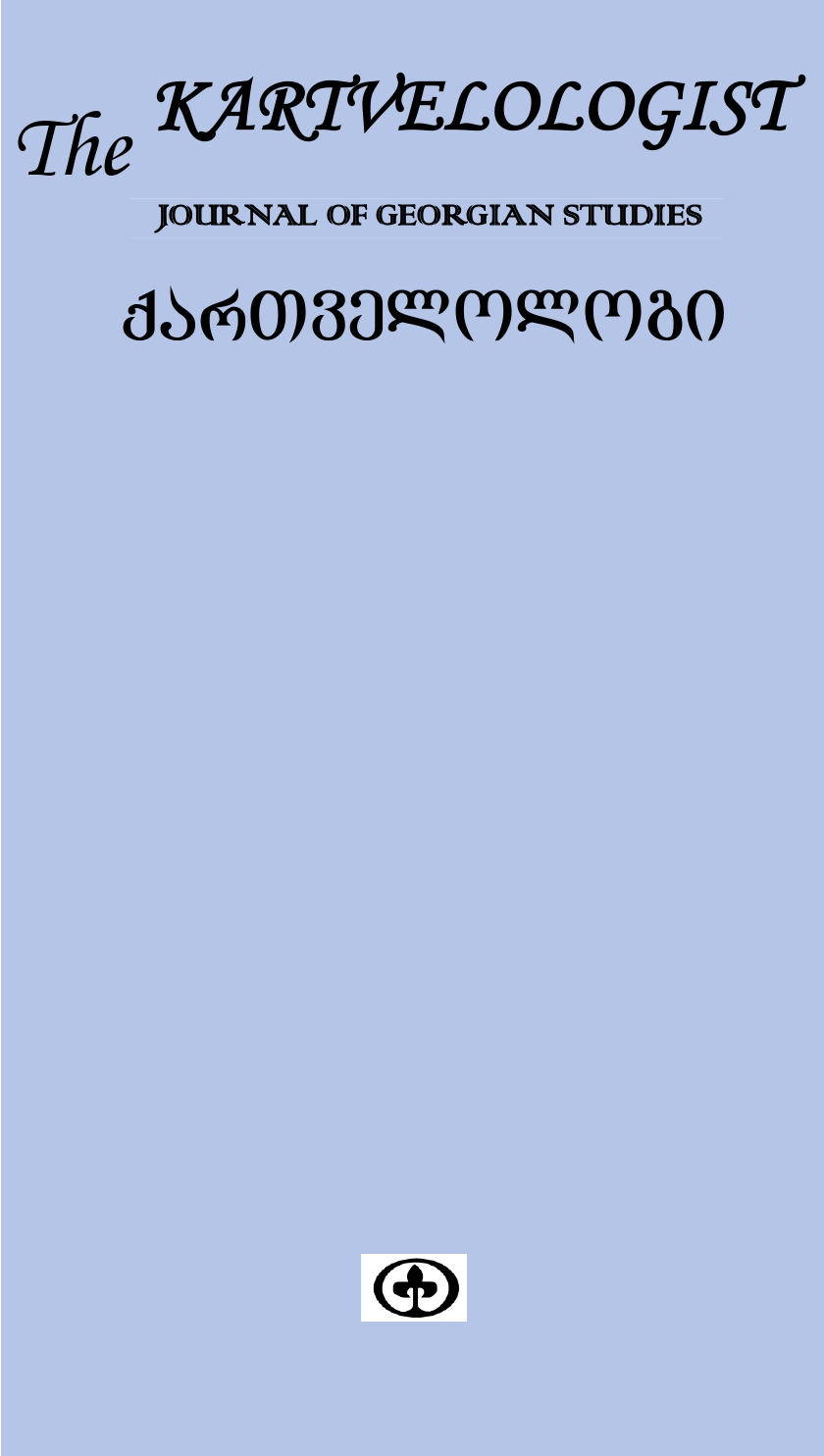The Concept of Geopoetics and the Text-Space of the Man in the Panther’s Skin
Keywords:
Geopoetics, Kenneth White, The Modern Theories of Space, Text-Space, “The Man in the Panther’s Skin”Abstract
Reflections on space as a category have been widely discussed in Western thought since the 1960s. This direction is often referred to as the “spatial turn (rotation)”, which incorporates many space-related considerations. Space is the main way in which the text is formed; it defines its contextual dimension, characters, metaphors and so on.
One of the modern concepts of exploring space in HumanitiesGeopoetics - explores the impact of culture and, above all, creative processes regarding the structuring of the human world. The idea and concept of Geopoetics belongs to the Scottish philosopher Kenneth White. According to White, Geopoetics starts when we allow something to happen. Geopolitics adresses real space. Its area of interest includes power relations between global cities and States. Geopoetics is a deeper and more radical initiative. To be more precise, Geopoetics is the "rewriting" of the real space. The text may include irreal space or
real space, but with barcodes that are not specific to that particular place and processed faces that are no longer identical to the real
ones. Therefore, the text can be considered as an alternative map of the world. One of the manifestations of Geopoetics is the cultural selfassertion of the territories, sometimes referred to as "Geopoiesis". This can be expressed by locating cities, capitals in the places desired by the author; thus the writer creates the so-called textual spaces, or rather space-texts.
I believe that analysing the space of The Man in the Panther’s Skin, in particular, exploring the significance of the spaces in different contexts and the role they play in terms of creating the whole plot of the poem will be significant not only for Rustvelology, but also for Georgian literary studies and will incorporate MPS more actively into the discourse of international literary studies in the modern world.


